WiFi Steering and its types
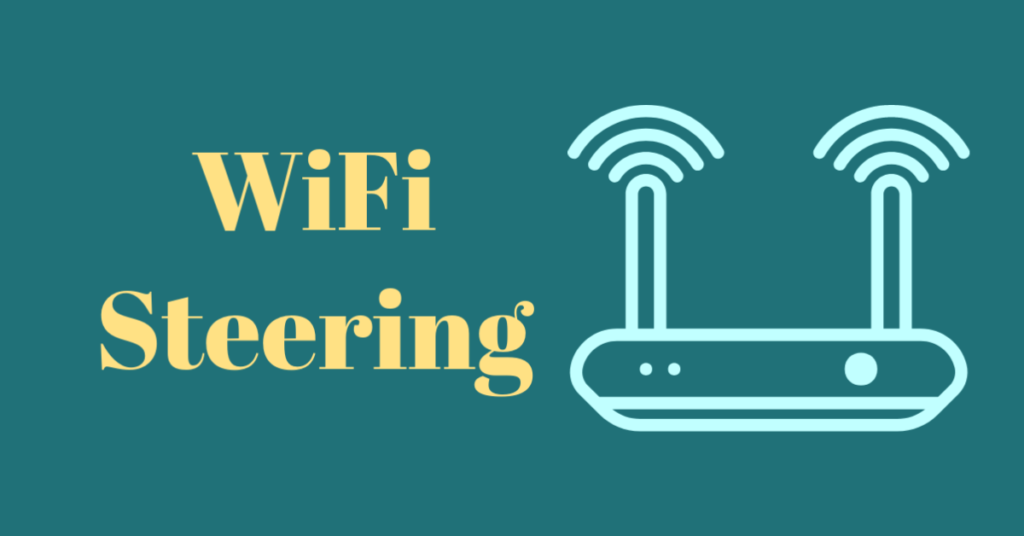
WiFi Steering
WiFi Steering and its types : A client connects usually to the AP that offers the best signal strength in its first attempt.
When a client is not interested in roaming and associated with an access point offering poor signal strength.
This causes decrease in connectivity and response speed throughout a given network and not only for the sticky client but also for other clients connected to the same access point.
To overcome this issue the vendors use Steering so that clients can be connected with a strong signal AP.
There are two types of steering depending upon the clients.
- AP Steering
- Band steering
Note : SSID should be unique for clients steering from one AP to another or even band steering.
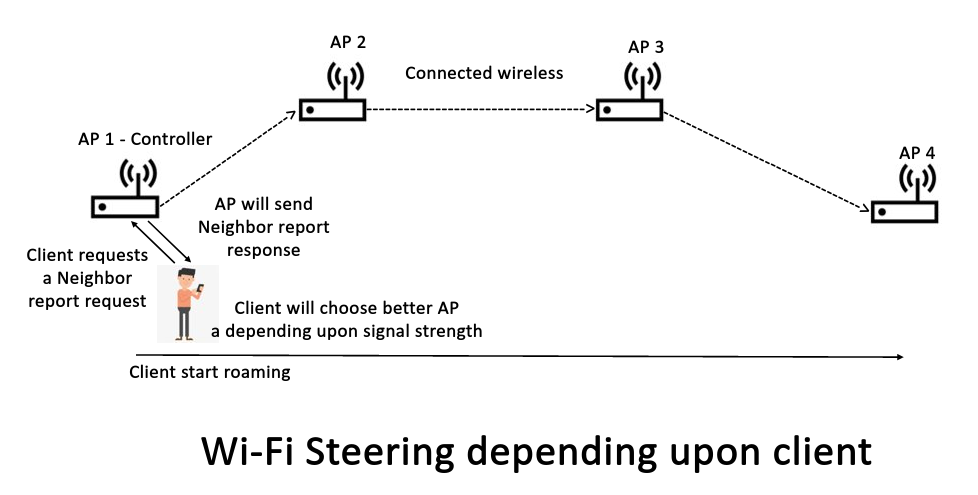
AP to AP WiFi Steering
when a client is roaming from one AP to another AP so that AP Steering or Roaming will be happen.

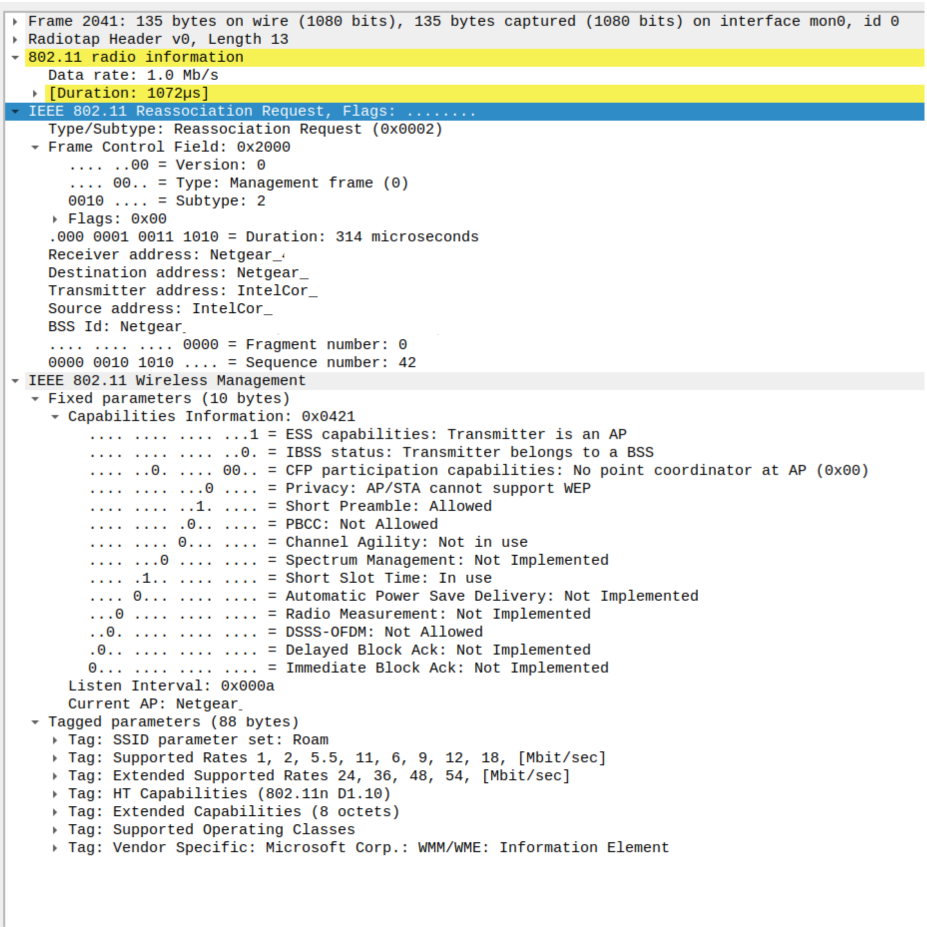
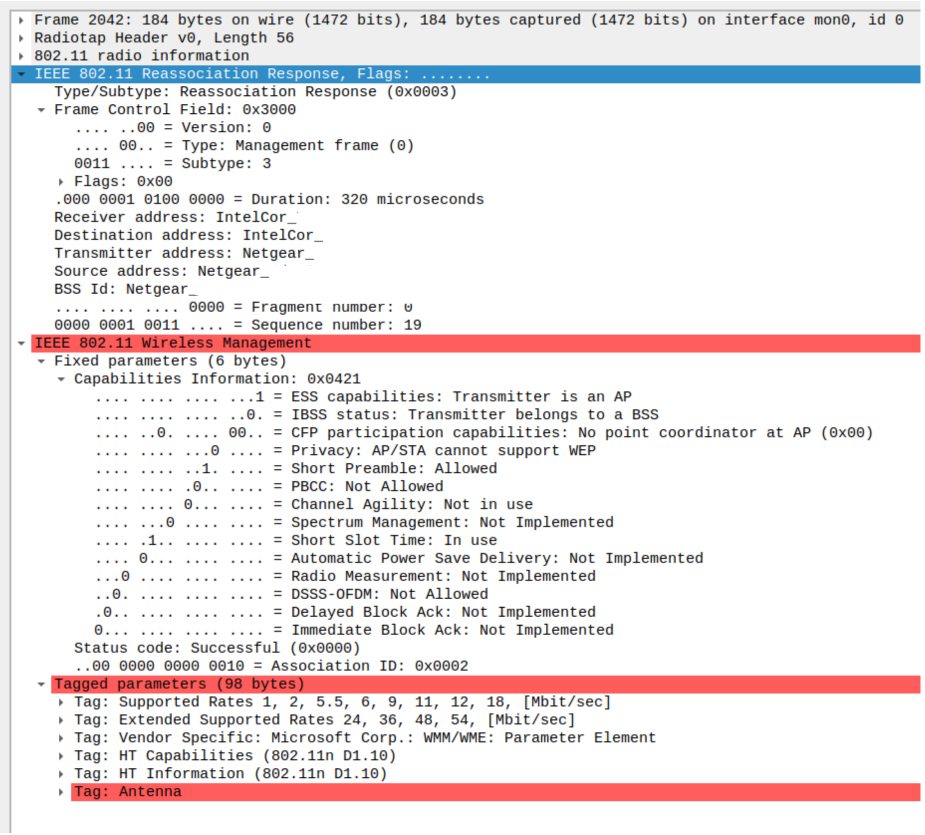
WIFI Roaming or Steering : Wi-Fi client’s responsibility of staying connected to network is little bit challenging job depending upon surroundings, interference and preferences of client.
When a client wants to move from one place to another place like out of the range of associated AP the client will choose the nearby AP for connecting and sends a re-association Frame to nearby AP.
Normally the switching procedure from one AP to another AP takes up to 5 sec.
802.11k, 802.11v and 802.11r standards speed up this procedure to 100ms.
- 802.11k (Radio Resource Management)
- 802.11r (Fast BSS Transition)
- 802.11v (Wireless Network Management)
This allows to avoid Breaks and disconnections in VoIP calls and so on while the client is moving from one AP to another AP.
Band Steering
It is a technique used in Dual band Access points that encourages newer client devices to use the less congested 5 GHz network leaving the more crowded 2.4GHz band available for legacy clients.
Band steering is not developed by IEEE 802.11 technology.
When a dual band AP listens probe requests on both bands from the same client the AP knows that the client is capable of operating in the 5 GHz band and it will send probe response on 5GHz band only.

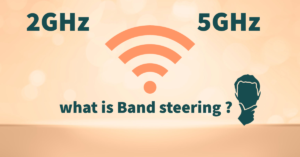






I am impressed with this web site, very I am a fan.
Excellent post. I was checking continuously this weblog and I’m impressed! Very useful info specially the closing part 🙂 I maintain such information much. I used to be looking for this particular info for a very lengthy time. Thank you and best of luck.
Hello, you used to write magnificent, but the last several posts have been kinda boring?K I miss your tremendous writings. Past several posts are just a little bit out of track! come on!
Just wish to say your article is as astounding. The clearness on your submit is simply spectacular and i can suppose you’re a professional in this subject. Fine along with your permission allow me to grab your feed to keep up to date with coming near near post. Thank you a million and please carry on the gratifying work.
Some truly nice stuff on this website , I like it.